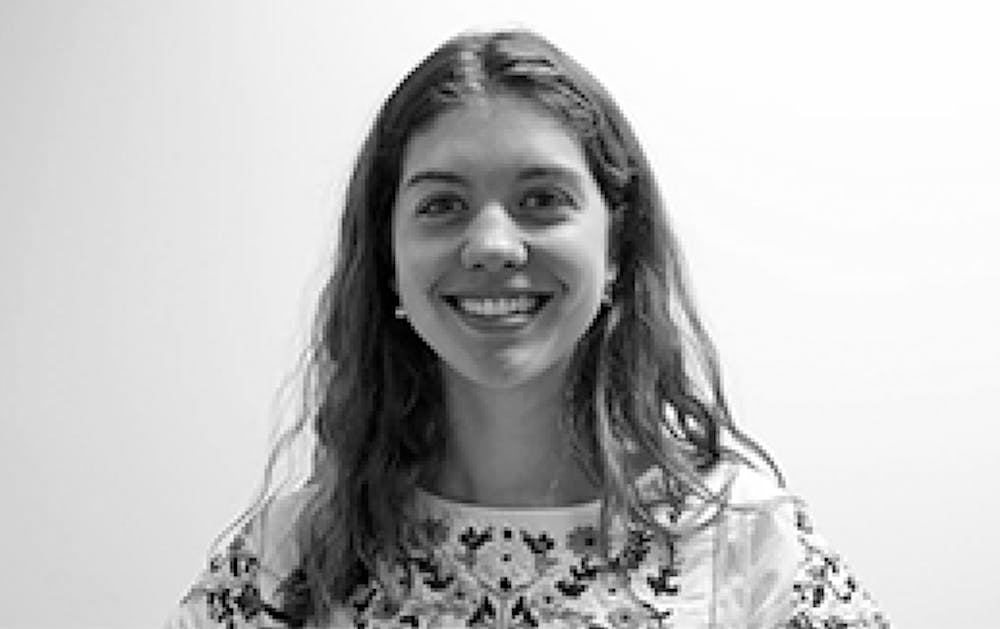Editor’s note: Claire Drysdale is a guest columnist who was invited to write a column on this topic.
Ever since President Trump’s election, issues surrounding race, class and gender have been playing heavily on our national conscience.
However, our ability to have constructive, open dialogue about these issues has not always caught up with our need to have such discussions.
In times like these, art frequently lends coherency to lived experience, a fact I was recently reminded of when I attended a campus iteration of The Black Lunch Table, a social practice venture started by UNC studio art professor Jina Valentine.
Social practice is a participatory art form that leverages artists and communities against societal and political ills.
With a focus on people over objects, social practice borrows strategies from performance, investigative journalism and environmental advocacy to achieve its aims.
While social practice isn’t new — for example, artists were transforming Chicago buildings into cultural centers decades ago — it’s currently having a big moment in the art world.
Perhaps more than any other art form, social practice pushes the boundary between art and life. For instance, in the exhibition “pad thai,” the artist Rirkrit Tiravanija transformed a New York City art gallery into a kitchen and served up free Thai food to the public.
Yet this blurring is precisely the point. As the demand that artists and arts institutions demonstrate civic accountability grows louder, drawing a hard line between art and activism not only seems arbitrary, but irresponsible.




